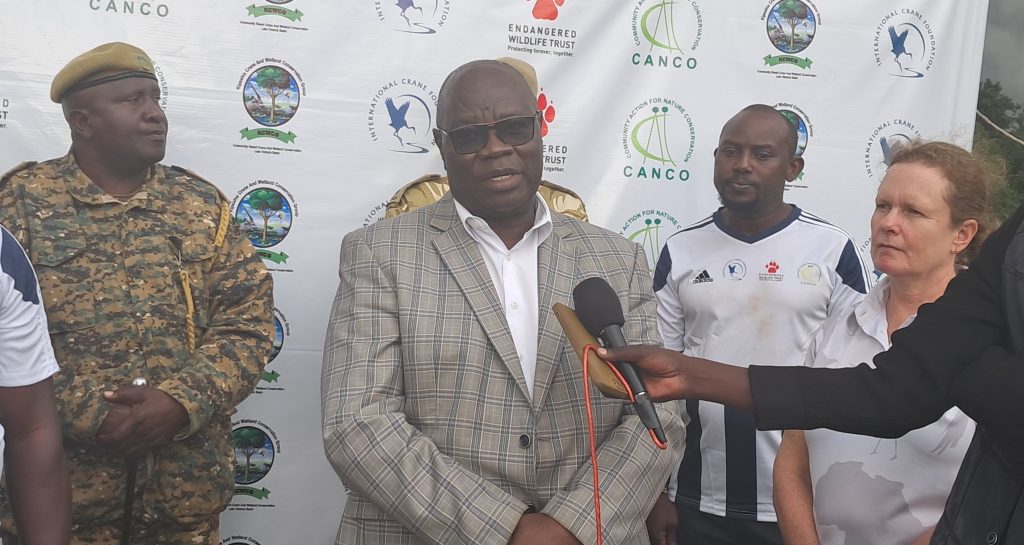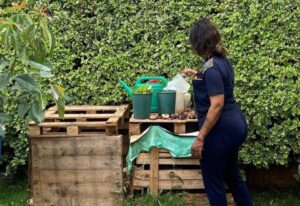Kenya Hosts Crane Festival to Spotlight Urgent Wetland Conservation Efforts

The Kenya Crane Festival kicked off August 2nd and ended 3rd august 2024 at Moi Marula primary uasin Gishu County. The event draws attention to the urgent need for wetland conservation as a lifeline for the country’s endangered crane species.
The festival brought together environmentalists, local government officials, and conservation enthusiasts and local communities under the banner of “Save Our Cranes, Save Our Wetlands.”
Cranes at Risk
Kenya is home to two crane species: the Grey Crowned Crane and the less commonly seen Black Crowned Crane. The Grey Crowned Crane, in particular, has seen its population plummet by more than 80% over the last three decades. The main culprit? Rapid wetland degradation due to agricultural expansion, pollution, and climate change.
Prof Philip Raburu from the University of Eldoret, who oversees research and extension issues, underscored the festival’s significance “as these species are crucial not only in Africa but also in Asia and America. Cranes are symbolized on many national flags and signify beauty,” Raburu stated. He stressed the urgency of protecting crane habitats, particularly wetlands, which are being destroyed, leading to a decline in crane populations.
Raburu highlighted research conducted by the University of Eldoret, revealing that wetlands in Uasin Gishu are heavily polluted and inadequately protected.
“The Marula wetlands are burnt almost every year due to a lack of protection, and pollution is rampant. Flower farms near wetlands contribute significantly to this pollution,” Raburu added. He called for collaborative efforts to protect the cranes, noting that Uasin Gishu holds 27% of Kenya’s crane population.
Dr. Joseph Mwangi from the International Crane Foundation and the Endangered Wildlife Trust confirmed the dire state of crane populations in Kenya.
“Currently, we have only 8,000 cranes, a significant drop from the 30,000 in the late ’80s due to wetland destruction,” Mwangi stated.
He noted that cranes bring economic benefits by controlling pests and serving as cultural symbols, particularly among the Kalenjin community.
A Call to Action
The festival featured a series of activities, including cleaning of Marula wet lands, football tournaments among the youth, educational workshops, and exhibitions showcasing the role of wetlands in sustaining biodiversity. Children from local schools participated in art competitions themed around wetlands and wildlife conservation.
Community Involvement
The event also emphasized the importance of community involvement in conservation efforts. Local farmers and fishermen shared their experiences and discussed how they could balance their livelihoods with the need to preserve wetlands. Many expressed concerns about the challenges posed by dwindling water levels and increased pollution but were optimistic about the collaborative efforts being put forward.
“I’ve lived here all my life, and I’ve seen the changes. The wetlands are shrinking, and so are the birds,” said Evans Kiprono, a farmer from the Uasin Gishu County. “But this festival gives me hope that if we work together, we can bring back the cranes and the wetlands.”
Looking Forward
The Kenya Crane Festival concluded with a pledge from participants to intensify efforts in wetland conservation and to raise awareness about the critical state of Kenya’s crane populations. The event was not just a celebration but a clarion call for immediate action and the collective responsibility to safeguard Kenya’s natural heritage for future generations








